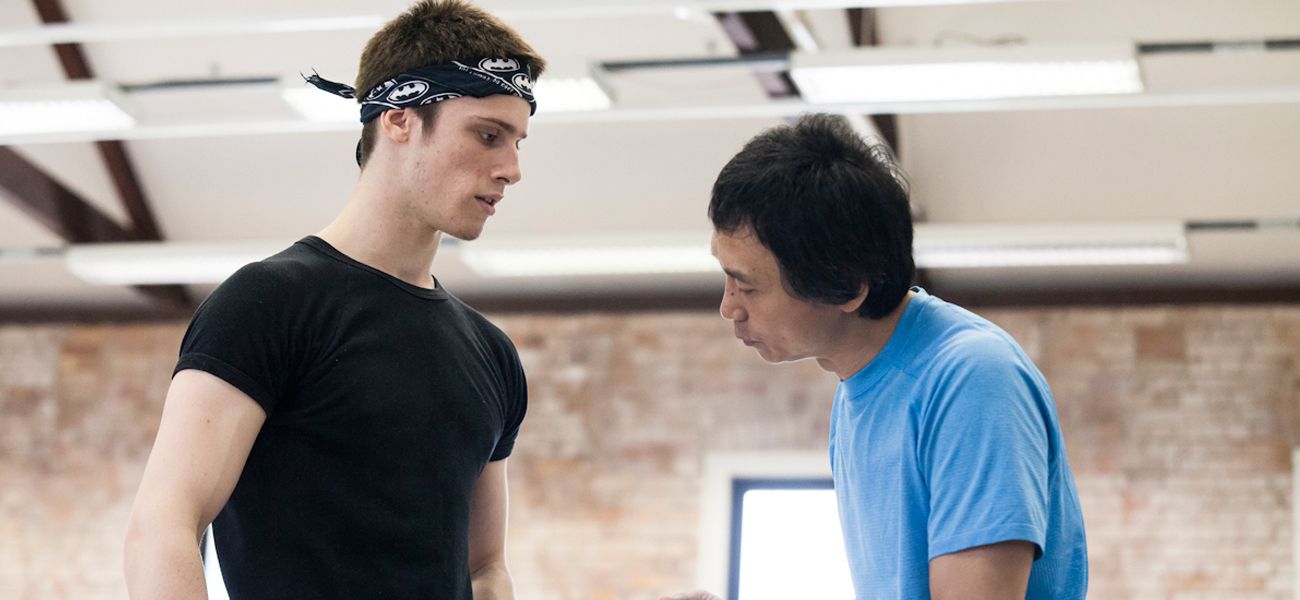Reflections from Vito Bernasconi —
Being a non-verbal art form, ballet relies heavily on visual cues and movement to convey meaning and the narrative. There are multiple artistic voices that work together to create these cues and movements including the choreographer, conductor, set designer, lighting designer, costume designer, and the Artistic Director. However, as a dancer, I believe it is us who, through the use of characterisation and movement, add the final layer of meaning.
It is the dancer’s job to bring the characters to life, making them as believable as possible, to transport the audience from the theatre into the narrative itself – into the imagined world and era. To create meaning in dance, simple movements (such as walking, running and skipping) are combined with mime, gestures, facial expressions and certain postures. This involves both obvious forms of non-verbal communication (such as pointing) and subtle forms of dance-specific gestures (mime). When combined, both have a strong impact on the subtlety of the narrative and characters.
To assist in making my character as believable as possible, I read the story or play to develop an overall understanding of the key themes and events. I then re-read the story focusing on the character I might be cast to perform. There are a range of interpretations that any reader may ascertain, so I try to specifically identify age, gender, viewpoints, relationships and my character’s interactions with other characters.
After constructing an outline of the character, we come together and work with the choreographer/stager to further develop the story and characters. The studio, where most of the “magic” happens, provides a safe space for dancers to ask the artistic staff questions about the character(s) and to experiment. While dancers are given artistic license to explore their character and to make them as real as possible, we must ensure our interpretation of a certain character is consistent with the choreographer’s intent; characterisations often adapt overtime and in line with everyone’s expectations.
For any artist, we want to bring something to each work that has not been done before, or at least adapt what has been previously done to make it our own.
The stage is a place where a dance artist can share a part of themselves. Dance is a brave art form and it is one that many love and give their heart and soul to every day and night.
